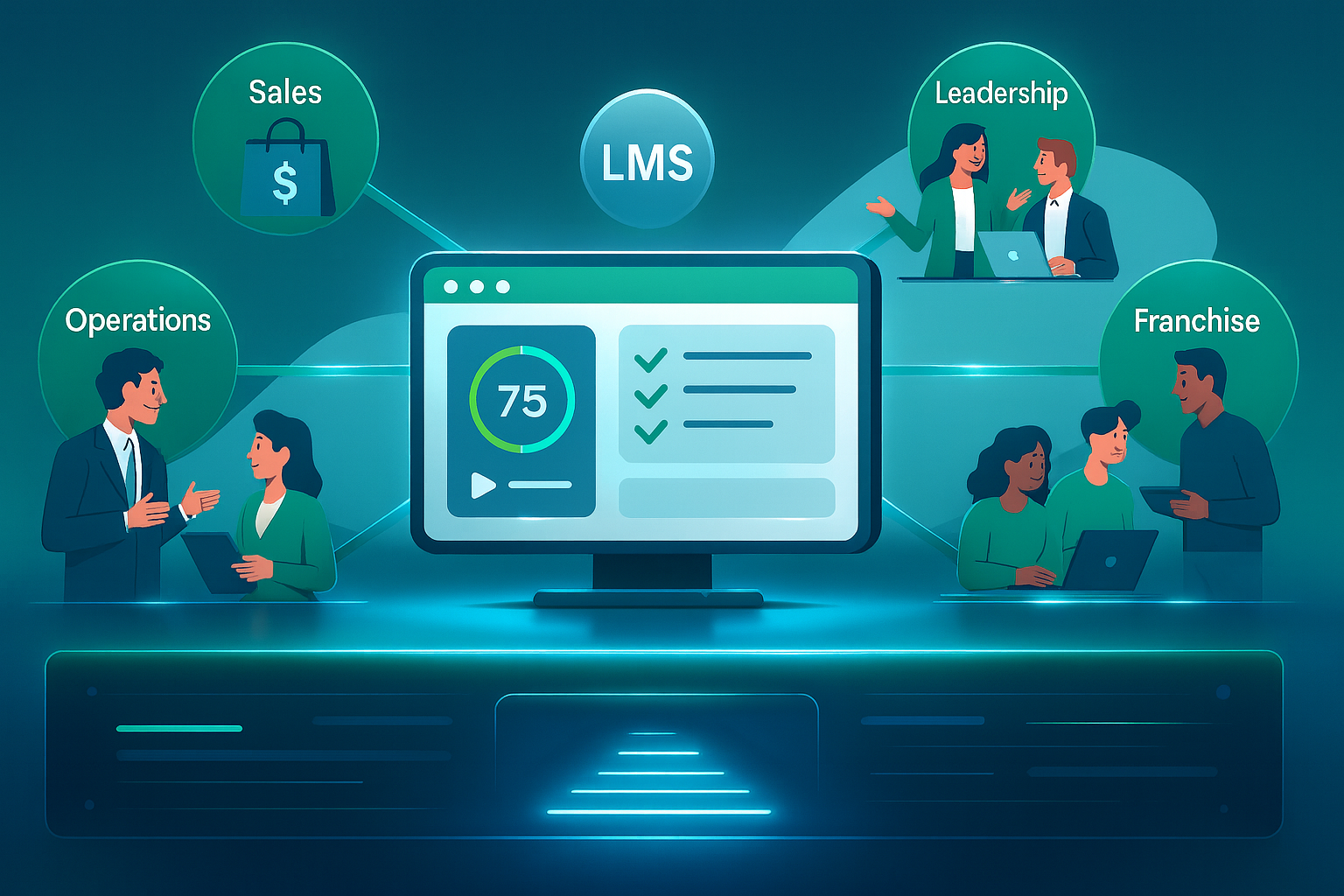
Most enterprise leaders would agree that training is a non-negotiable. We train for onboarding, we train for compliance, we train for product knowledge. But here’s the thing: training is only the start. If it doesn’t enable performance, decision-making, and impact, it’s just noise in the LMS.
That’s where the shift from “training” to “enablement” becomes critical.
Enablement isn’t just a fancier way to say “training.” It’s an evolution. While training often focuses on delivering content, enablement is about driving outcomes. It asks, “How do we empower people to do their best work?” enablement combines knowledge, tools, skills, and reinforcement into a strategy that supports performance at the point of need.
In many organizations, this shift is already happening informally. Managers are curating resources on Slack. Teams are building Notion wikis. AI is serving up just-in-time content. So the question becomes: is your LMS evolving to support enablement?
Legacy LMS platforms were designed to deliver structured learning modules. That still matters—especially for compliance and certifications. But to meet the needs of a modern enterprise, LMS strategies need to do more:
In essence, the LMS must stop being a destination and start becoming a partner in day-to-day enablement.
At LatitudeLearning, we’ve seen a growing number of enterprise clients shift their LMS goals away from “course completion rates” and toward metrics like “first-time task success” or “sales ramp speed.” These are enablement outcomes—measurable, tied to real business goals, and driven by the intersection of content, access, and timing.
LatitudeLearning recently worked with one enterprise partner in the medical device space who restructured their LMS around field enablement. Instead of waiting for quarterly sales training, reps now get microlearning triggered based on recent activity. The result? Faster onboarding, fewer compliance errors, and more confident product demos.
Enablement isn’t just for sales teams. Here are a few examples of how modern enterprises are expanding the definition:
(Check out our Types of Enablement chart to see which strategy fits your function.)
So how does a modern enterprise evolve its LMS strategy from training-centric to enablement-driven?
It starts with intent. Start by asking what outcomes matter to the business. Then reverse-engineer the learning experience to support those moments.
Take a Moment to Consider:
This evolution requires collaboration across L&D, IT, operations, HR, and leadership. But the reward is a system that does more than deliver content—it builds capability.
LatitudeLearning is built for this moment. Our LMS enables contextual learning, dynamic pathways, and enterprise-ready integrations that support enablement at scale.
Training is foundational. Enablement is transformational.